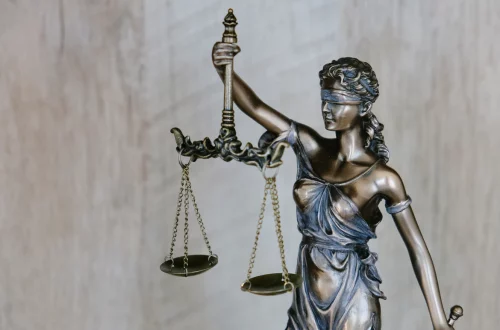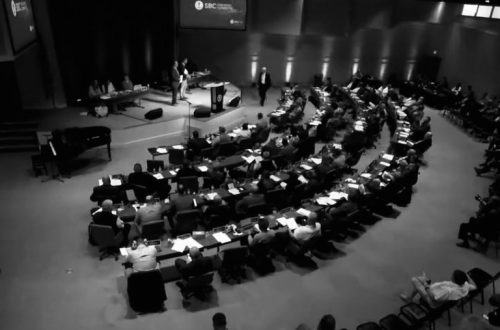If you want to understand the sexual revolution in a nutshell, read Nathaniel Frank’s Washington Post column from a few days ago. He argues that the gay rights movement has been at the forefront of decoupling sex from procreation and of establishing sexual liberation as a driving norm. Frank writes:
The LGBT movement, including the push for marriage equality, has also helped upend repressive attitudes about sex, establishing nonmarital sex — and sexual behavior once thought perverse — as largely uncontroversial. (Last year, for instance, Teen Vogue posted a guide to anal sex.) Inherent in queer desire is the belief that sexual pleasure is a good in itself and need not be justified by reproductive ends, a principle enshrined in law by gay rights court decisions affirming that sex and marriage are not instruments for reproduction but expressions of individual liberty and dignity. Just as its loudest opponents feared, granting same-sex couples access to marriage has further aligned the hoary institution with sexual choice, helping sever the link between sex and diapers — at just the moment when abortion rights face their greatest test in a generation.
Stonewall’s legacy isn’t just about making queer people look more like everyone else. It’s also, perhaps more mutinously, about making everyone else look a bit more queer. The movement’s enduring celebration of difference, personal authenticity and norm-questioning has allowed straight people to recognize the closet that confines them, too — the outdated pressure to perform prescribed gender roles, inhibit certain emotions, conceal their true selves in a thousand ways — and to envision a way to step outside its walls. This is what Joe Biden was referring to when, as vice president, he thanked LGBT advocates for “freeing the soul of the American people.” It’s what Barack Obama meant when, on the day the high court handed down its marriage ruling, he said, “When all Americans are treated as equal, we are all more free.”
With marriage equality secured, the transgender and nonbinary movements found voice and visibility, crashing into inevitable backlash but also driving successful new challenges to norms and helping people transcend what some insisted were the narrow dictates of gender.
This is the revolution, and it is not over. It won’t be over until the last hold-outs against the revolution have been vanquished. Rod Dreher has aptly observed:
Frank makes clear what some of us have known for a long time: that for the last 25 years, LGBTs have been the Leninist vanguard of the Sexual Revolution. To an old-school Cassandra like me — one of the Cassandras who was mocked in the 2000s as a paranoid — this entire column reads like an I told you so, and a vindication of the Law of Merited Impossibility (“It will never happen, and when it does, you bigots will deserve it”). Not that it does a bit of good now.
Still, it’s worth reflecting that if Maggie Gallagher had published a column making the same claims in, say, 2006, the column and its author would have been denounced for fear-mongering and bigotry.
As I’ve said in this space many times, the gay marriage campaign succeeded so thoroughly and so rapidly in large part because it built on what heterosexuals had already come to believe was true about sex and marriage. Gay marriage was inevitable, because straights had already queered sex and marriage via the Sexual Revolution. Yet gay marriage was a Rubicon for our society because it took those radical shifts past the breaking point, and locked them in to law and culture. All that followed was predictable, and it was in fact predicted, not because anybody had a crystal ball, but because it made logical sense.
Dreher is not being an alarmist but a realist. And he is right to exhort Christians to take a measure of what we are facing.



